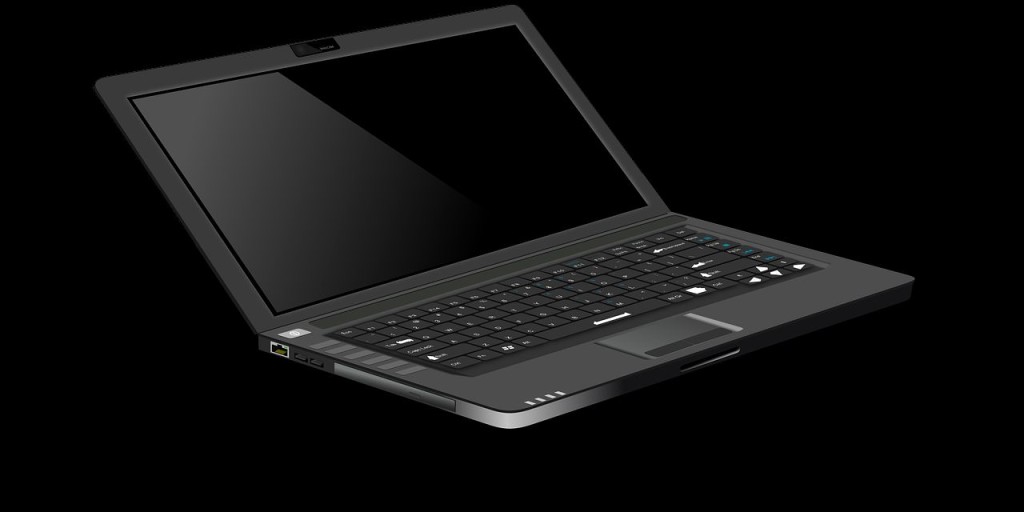Indicator lights- The earliest computers borrowed from the machine control heritage and
included lots of indicator lights. These lights were mostly used to determine which vacuum tube had burned out and needed to be replaced. We are all familiar with the usefulness of indicator lights. The message displayed by these lights has become more sophisticated as we can afford more computing horsepower to embed decision logic behind the light

Indicator lights have been at the backbone of computers from the beginning
Univac Buffer by Travellerva
US Robotics Modem by Bortzmeyer
WYSIWYG- What you see is what you get- The first thing that you notice when you pick up a robot teach pendant is that there is no display screen. Once you are actually controlling the robot, there is no need to substitute a virtual display. Shigeo Shingo (Japanese manufacturing methods pioneer) would approve of the software that does use a screen display that allows preprogramming of robot tasks ahead of time without consuming robot operating time. Based on my experience, I can assure you that most pre-programmed routines will require touch up where the robot itself is the display.
UX- user experience- Speedometers started as mechanical devices run by a rotating cable connecting to the drive shaft. A digital display was implemented when the dash was computerized. The automotive engineers wanted to advertise this conversion by creating a dash panel display that showed the speed as a digital number. This style of display was disliked by the buying public and a simulated bar style analog speed display emerged as the user preferred choice. Not every car design group has learned to utilize UX. You can make your own decision as to the sum of factors that resulted in the Fiat 500 flop in the marketplace. The digital speedometer shown is just one candidate. A joke applies. Two hikers in the woods hear a bear behind them. One opens his pack and puts on his tennis shoes. The other tells him “You can’t outrun a bear” He replies “I don’t have to. I only need to out run you” In true world class competitive fashion the pendulum will swing such that different auto manufacturers are the ones struggling to keep up. I remember when Lee Iacocca brought European front wheel drive back to America after test driving some Fiats.
Trends – The embedded computers can inform you with 100% certainty that your car is having a problem when you are stranded at the side of the road. Not very helpful. Those of us who spent a chunk of our lives inventing the advance warning systems, wanted to have the voice reminder system say “I told you so” when the car stopped because the user ignored the warnings we created. Not very helpful either. Our ability to predict impending failure is the combination of big data analysis of all 200,000,000 cars that have on board diagnostics and the ability to watch data trends within the ¼ petabyte of data each car generates in real time. At the other end of the big data spectrum is a one-of-a-kind control like I just finished installing. As a one-of-a-kind there is not a pool of experience to predict failures. However, this does not stop us from displaying the trends in graphic overlay format to maximize the visibility of impending issues. This allows the user to simultaneously digest data that would occupy many table pages.
Context- Before we had modern CAD and Virtual reality, it was necessary to use sketches to communicate concepts. Having a better than average sketching ability, I occasionally got into trouble because I could make something that was impossible look like it would work. Many of the displays we use come to us from the game industry. Even though 3D CAD enables the average person to visualize the detail parts that we draw they lack the context of what they are used for. This is especially true for novel approaches. I use Carrara which is a video game software to combine my 3D equipment models with the surroundings so that it becomes possible to explain how they work.
Emerging displays. We are watching the evolution of even more powerful displays. Remote piloting of drones is even easier when the pilot has the same visual input as an on board pilot. This silicon valley driven technology will grow to even wider use when some of the flicker and headache causing instablity has been overcome by even more computing horsepower.














































